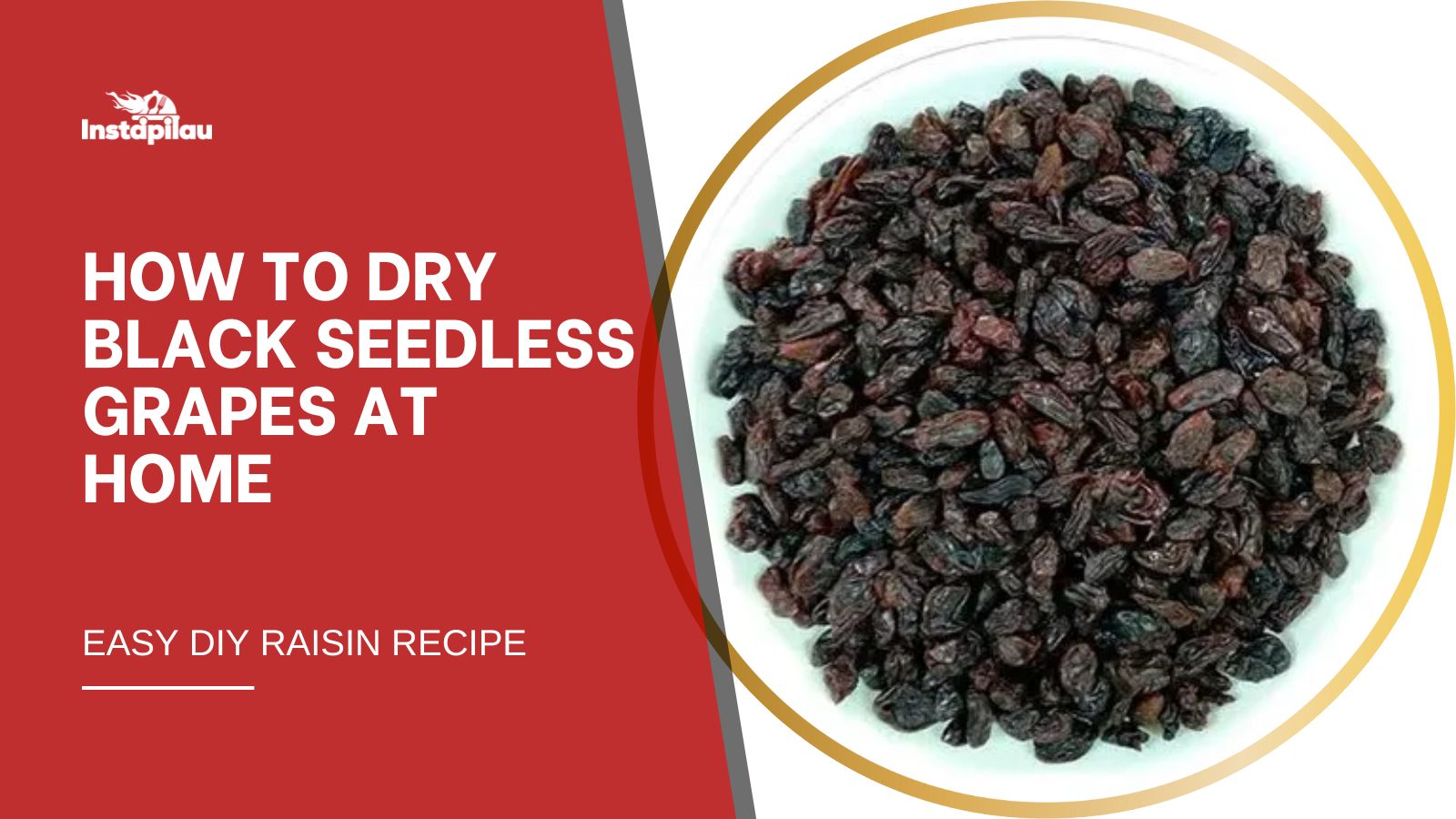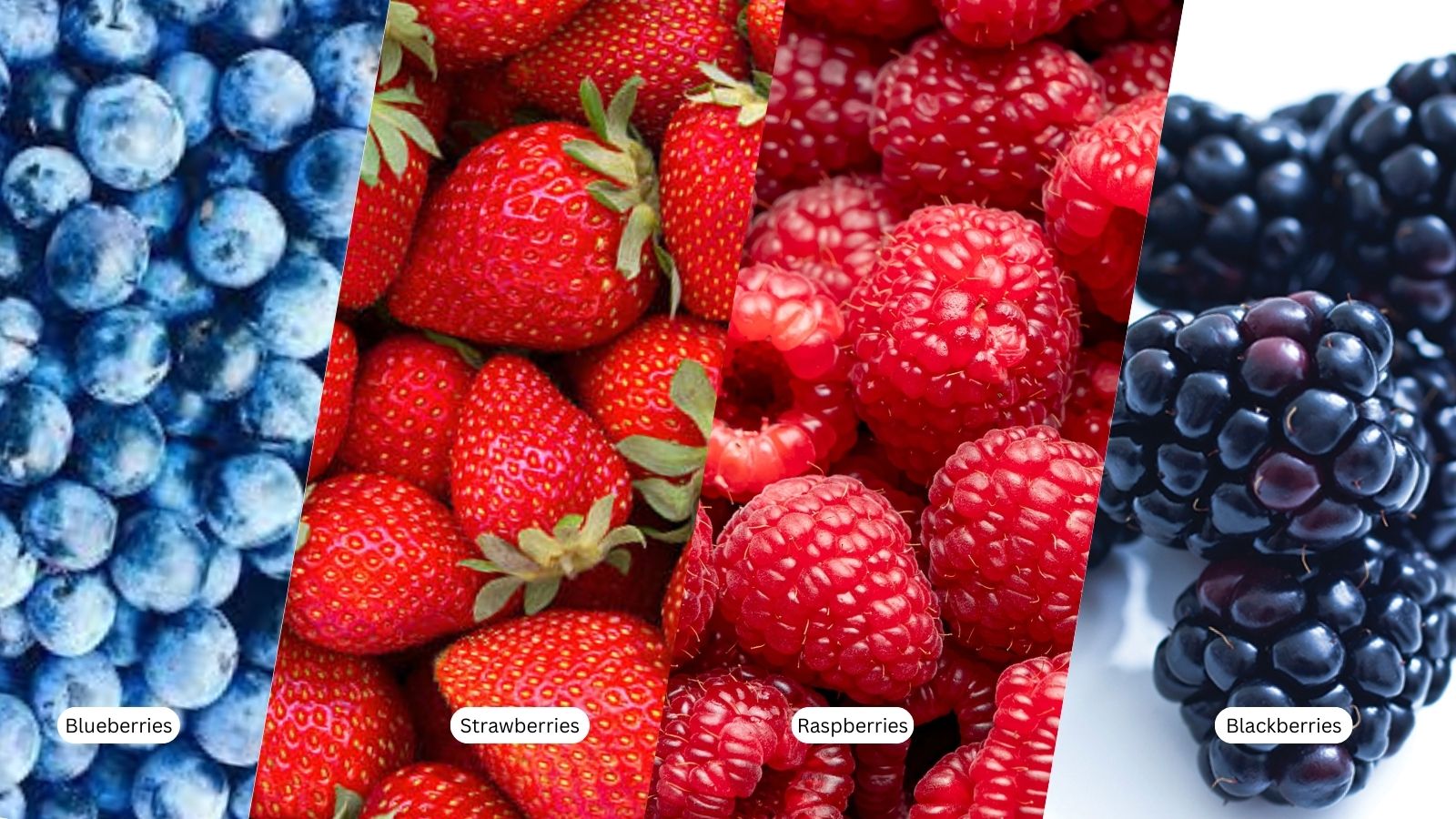

How to Build a Balanced Meal: A Guide to Kenyan Food Portions
Creating a balanced meal ensures you’re getting the right mix of nutrients to fuel your body, keep your energy levels steady, and promote long-term health. Kenyan cuisine offers a variety of traditional dishes that make it easy to enjoy a healthy, nutritious diet. However, understanding the proper portion sizes for each food group is key to maintaining balance.
Here’s how to build a well-portioned Kenyan meal:
1. Carbohydrates: The Base of Your Meal
In most Kenyan dishes, carbohydrates are often the foundation of the meal. Popular options include ugali, chapati, rice, or githeri. These provide the body with energy, but portion control is important, as too much can lead to excessive calorie intake.
Recommended Portion:
- Aim for about 1/4 of your plate to be filled with a carbohydrate source. For example, one small to medium-sized piece of ugali (about the size of your fist) or a small serving of rice.
2. Proteins: Essential for Repair and Growth
Protein is a vital part of any balanced meal, helping with muscle repair and growth. Kenyan meals commonly feature proteins like nyama choma (grilled meat), fish, beans, and lentils (also known as dengu).
Recommended Portion:
- Fill about 1/4 of your plate with a protein source. This could be a palm-sized portion of meat, fish, or a cup of beans or lentils.
3. Vegetables: The Powerhouse of Nutrients
Vegetables are often the most neglected part of the meal but are packed with vitamins, minerals, and fiber. Popular Kenyan vegetable dishes include sukuma wiki (collard greens), spinach, and cabbage. Including a variety of colorful vegetables ensures you get a wide range of nutrients.
Recommended Portion:
- Half of your plate should be dedicated to vegetables. Make sure to incorporate both cooked and raw vegetables to balance taste and texture.
4. Healthy Fats: A Small but Important Addition
Healthy fats are necessary for brain health and hormone production, but they should be consumed in moderation. In Kenyan cooking, fats often come from cooking oils or avocado, a popular addition to many meals.
Recommended Portion:
- A small amount of fat is enough—about a tablespoon of oil in cooking or a quarter of an avocado on the side.
5. Hydration: Don’t Forget Your Water
While it’s important to focus on food, staying hydrated is just as critical. Water aids in digestion and helps maintain energy levels throughout the day. Drinking water with your meals, or enjoying a fresh juice like madafu (coconut water), can complement your balanced meal.
Conclusion:
Creating a balanced meal doesn’t have to be complicated. By following these simple portion guidelines, you can enjoy delicious Kenyan dishes while ensuring you’re getting the nutrients your body needs. Whether you’re cooking at home or ordering from InstaPilau, remember to keep your plate balanced, and your body will thank you!
With InstaPilau Deliveries, you can enjoy perfectly portioned, nutritious meals delivered right to your door—making healthy eating convenient and hassle-free!




